Deck & Commander Strategies
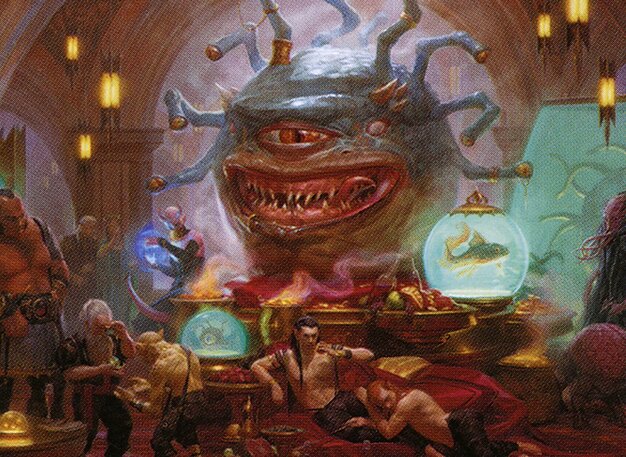
Xanathar, Guild Kingpin
Focuses on stealing opponents' cards temporarily to cast them as their own, disrupting their plans and using their best strategies against them to create emotional and gameplay advantage.
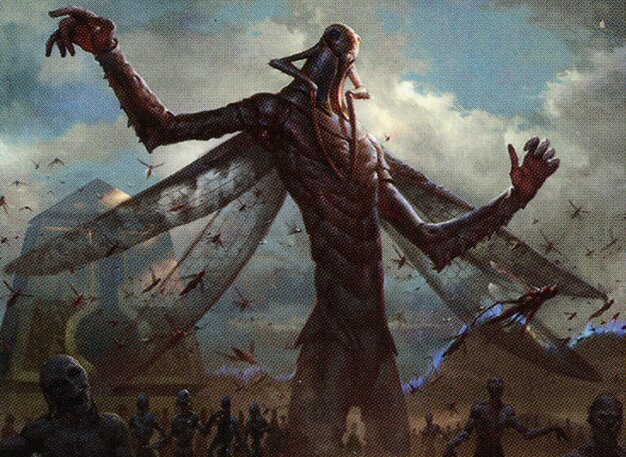
The Locust God
Generates value by drawing cards and creating flying insect tokens with haste, aiming to overwhelm opponents with token swarms and leveraging combos like Ashnod's Altar and Skullclamp for infinite tokens and damage.

Veyran, Voice of Duality
A spellslinger deck that grows Veyran by casting and copying cheap instants and sorceries, aiming for powerful spell synergies and extra triggers to control the board and eventually crush opponents.
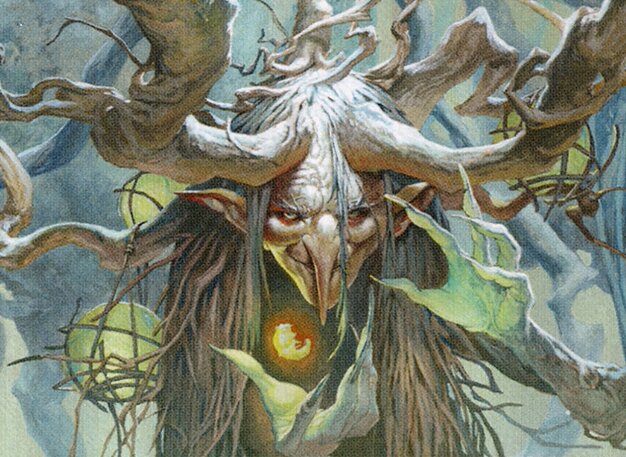
Willowdusk, Essence Seer
Utilizes life gain or loss to place massive numbers of one-one counters on creatures, focusing on dealing large amounts of damage in a single swing, often using life manipulation and previous combos like Doom Whisperer for big hits.
Gameplay Insights
- 1
Xanathar's ability to steal and cast opponents' cards created significant disruption while allowing him to leverage powerful cards like Deathrite Shaman and the One Ring against their owners.
- 2
The Locust God deck's token creation combined with card draw and potential infinite combos posed a constant threat that forced opponents to respond quickly.
- 3
Veyran's strategy relied heavily on casting and copying multiple cheap spells to maximize triggers and grow her board presence, showcasing effective spellslinger synergy.
- 4
Willowdusk's manipulation of life totals to place counters on creatures was a key damage engine, with the player carefully managing life loss and gain triggers to set up devastating attacks.
- 5
Players used mill and discard effects strategically to disrupt hand sizes and resources, influencing the flow of the game and synergy with commanders.
- 6
Life loss from permanents like Manacrypt and the One Ring was tactically used to fuel Willowdusk's abilities and impose pressure on opponents' life totals.
Notable Cards
-

Xanathar, Guild Kingpin
-

The Locust God
-

Veyran, Voice of Duality
-

Willowdusk, Essence Seer
-
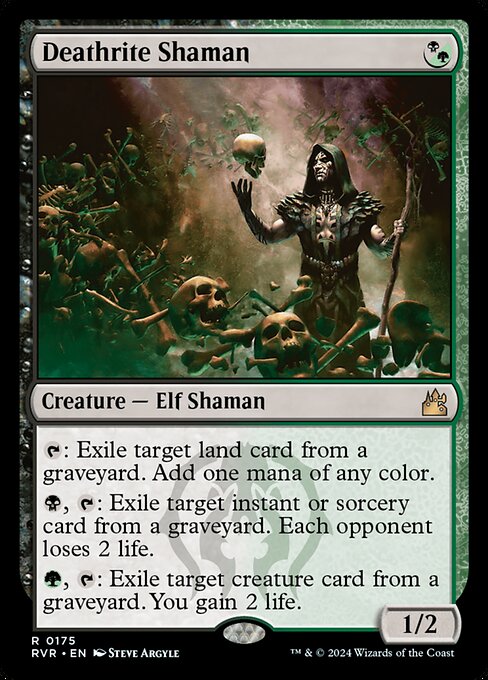
Deathrite Shaman
-
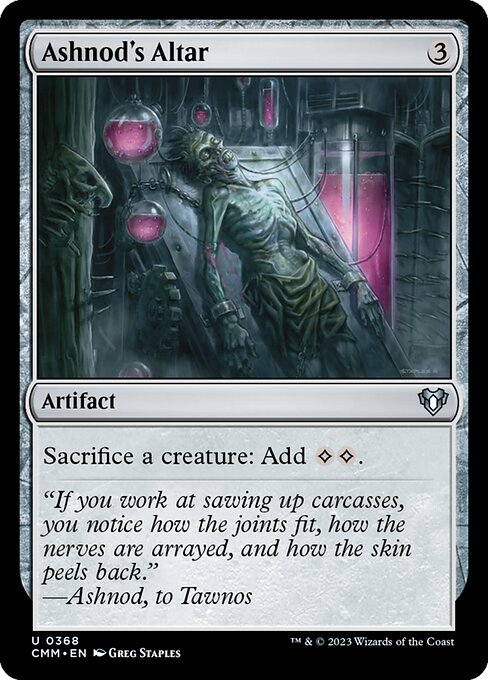
Ashnod's Altar
-

Skullclamp
-
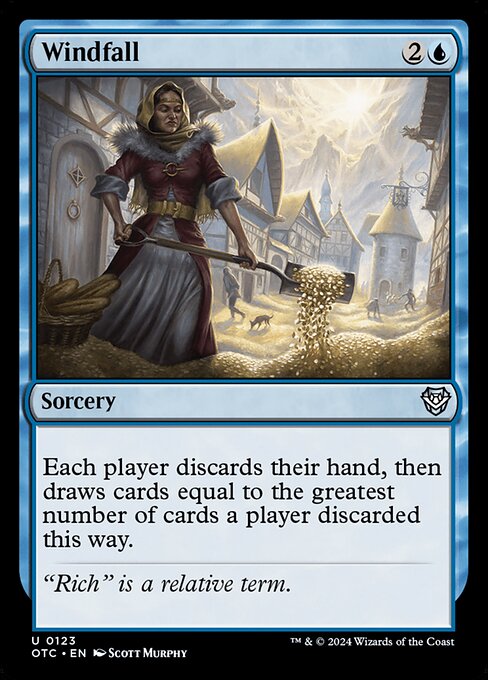
Windfall
-
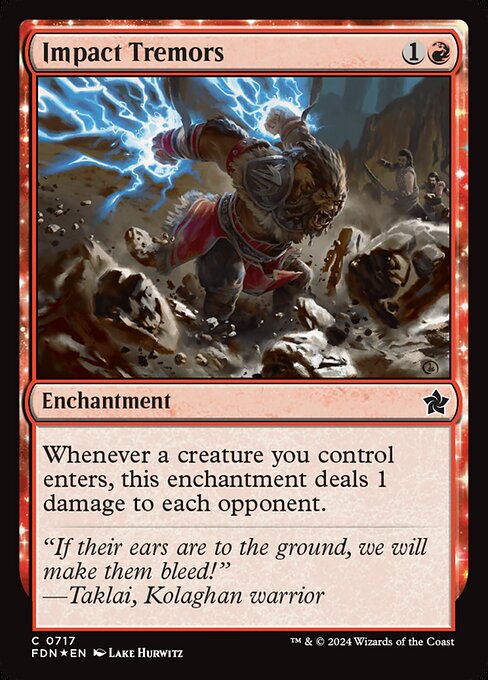
Impact Tremors
-
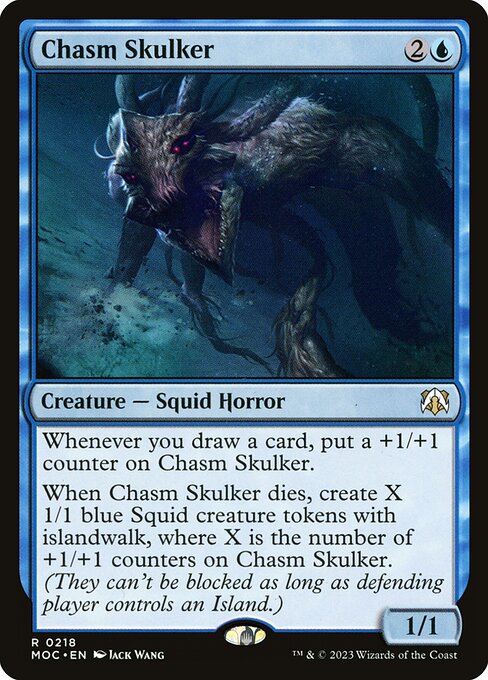
Chasm Skulker
-
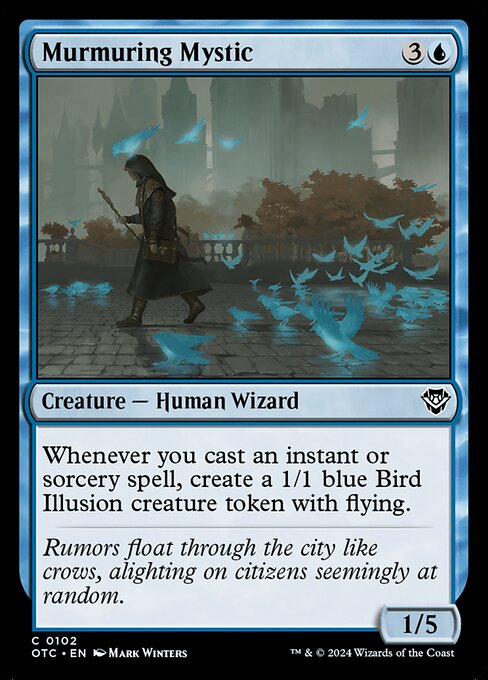
Murmuring Mystic
Gameplay Summary
The game began with players developing their mana bases and establishing early board presence with key cards such as Deathrite Shaman, Manacrypt, and various lands that synergize with their commanders.
Xanathar, Guild Kingpin focused on disrupting opponents by stealing cards and casting spells from their libraries, aiming to use their own strategies against them.
The Locust God deck generated value through drawing cards and creating insect tokens, setting up for a potential swarm and damage-dealing combo.
Veyran, Voice of Duality capitalized on casting and copying cheap instants and sorceries to grow herself and trigger additional abilities, seeking to overwhelm opponents through spellslinging.
Willowdusk, Essence Seer aimed to leverage life gain or loss to place large numbers of counters on creatures for massive damage swings, notably recalling a previous 74 damage Doom Whisperer combo from episode one. As the game progressed, tension rose with key plays such as Xanathar stealing crucial cards like Deathrite Shaman and the One Ring being cast early, which added layers of resource manipulation and life loss.
Strategic plays involving mill and discard effects, such as casting Windfall and surveilling, created dynamic hand sizes and board states.
The Locust God player threatened infinite insect token combos, while Willowdusk set up for explosive damage turns by manipulating life totals and counters.
The game featured careful management of life loss from cards like Manacrypt and the One Ring, influencing Willowdusk's activations and overall strategy.
Combat exchanges and targeted removal attempts underscored the constant pressure each player applied to others while advancing their own win conditions.






















![Oswald vs Volo vs Xanathar vs Sefris [EDH/Commander, Magic The Gathering Gameplay] 2021 thumbnail](https://i.ytimg.com/vi/bag0iqwohok/sddefault.jpg)















![Commander VS S16E7: The Locust God VS Horde of Notions VS Tatyova VS Balan [EDH] thumbnail](https://i.ytimg.com/vi/yqrnU70Qx6I/sddefault.jpg)





